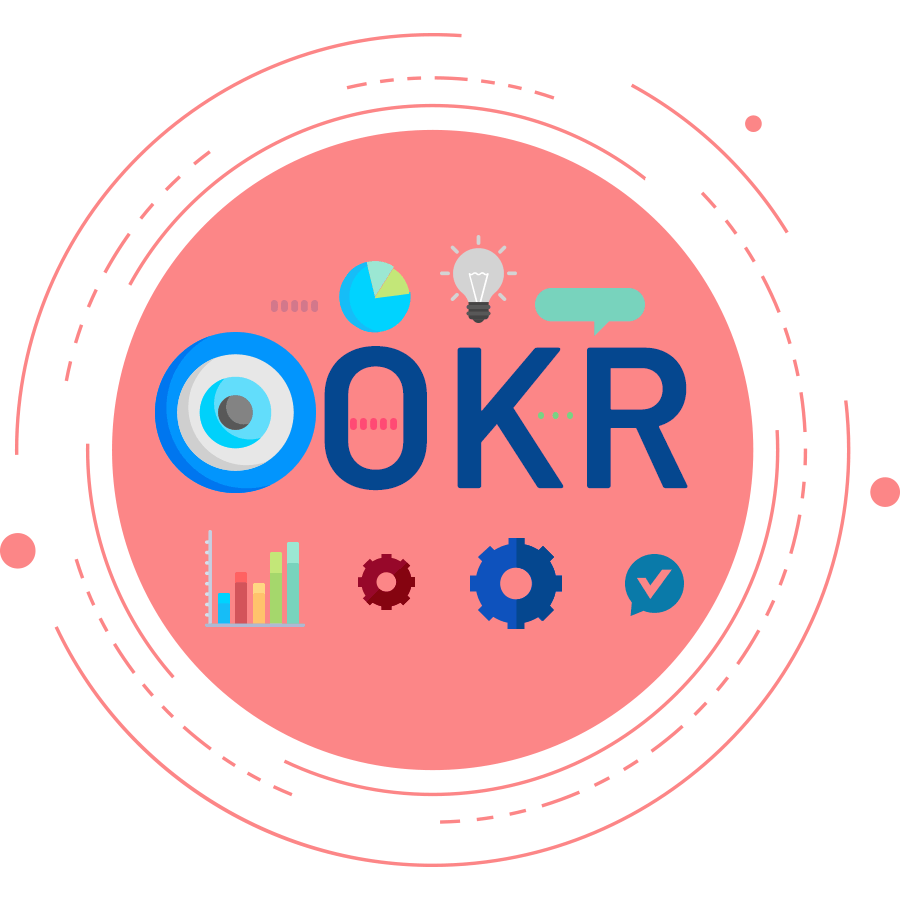We believe that growth shouldn’t mean that businesses have to limit their agility and spirit. In today’s competitive world, not being able to adapt as you scale is a recipe for inevitable failure.
Which is why we need OKRs to help in overcoming this challenge, Big time.
Objectives and Key Results (OKR) is one of the most popular management strategy used for goal setting used by Google and other companies.
OKRs connect the company’s teams, and personal goals to measurable results while having all team members and lead strategies work together towards a unified direction. It is a simple approach to create alignment and engagement around measurable and ambitious goals.

Why OKR?
The OKR matrix established within the SOSTAC framework creates alignment and engagement around measurable & qualitative goals across all the business units.
Let’s have a look at some of the major benefits of this model:
Alignment and cooperation: Shared OKRs improves collaboration among different teams, resolving interdependencies and promoting competing initiatives.
Faster goal setting: The model’s simplicity makes the goal-setting process faster and easier, drastically reducing the resources spent on setting the goals.
Clear communication: Complete transparency gives the teams a better understanding of the goals and priorities of the organization as well as how each individual can contribute.
Autonomy and accountability: As the Teams receive a clear direction and are free to choose the way to achieve their OKRs. They become more responsible for their objectives, And as clear success criteria are known to the whole company, creates mutual obligations.

Our OKR approach
While forming our OKR model, we figured out that the linear approach would not be able to handle uncertainty. In order to quickly adapt to the changing organisational environment, a cycle would be an iterative approach to enable greater flexibility.
Now, let’s go through each step of our Cycle: cover approach as per our slides as discussed
Setting Up
While creating OKRs some of the crucial first steps were:
- Valuable: The impact should be measurable and Value-based.
- Engaging: The process should engage the creativity and perspectives of the employees. The OKRs should be inspiring.
- Actionable: The team should be able to understand the metrics and every member should be able to execute their roles in accordance.
1) We define a set of high-level strategic OKRs – preferably with input from the team.
2) The executive team then validates the company OKRs, gathering feedback from the teams.
3) Teams develop their Tactical OKRs using the bi-directional approach
Alignment
For cross-team alignment, we needed a structured approach to ensure that each team aligns not only with the company strategy but also with the others.
After drafting the OKRs, each team was required to:
- Map out interdependencies.
- Create shared OKRs.
- Ensure the alignment is vertical as well as horizontal (cross-functional).
During the Alignment, each team would discuss the proposed OKR with their manager. The role of the executives was to coach and to challenge them and help the teams create better OKRs.
We reviewed the OKRs after team discussions to inculcate new ideas as well as the team’s capabilities & limitations.
Attain
Goals are often out of sync from the organisational rhythm. To avoid this we made sure that our teams made OKRs a part of their work.
The teams were asked work to attain their OKRs accompanied by routine audits and measurements for required adjustments.
The routine audits were necessary for OKR’s success to make them more productive and value-based.
Contact Us For More Details.